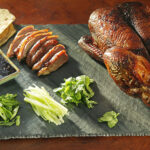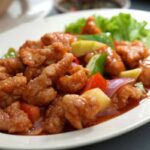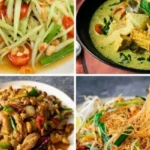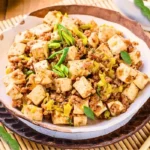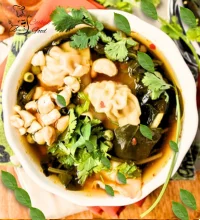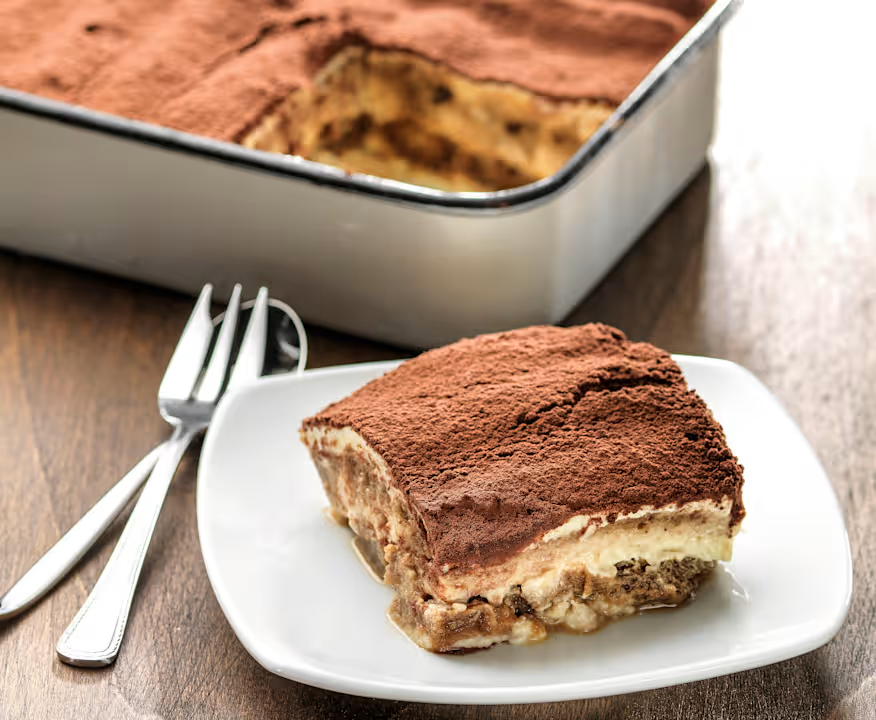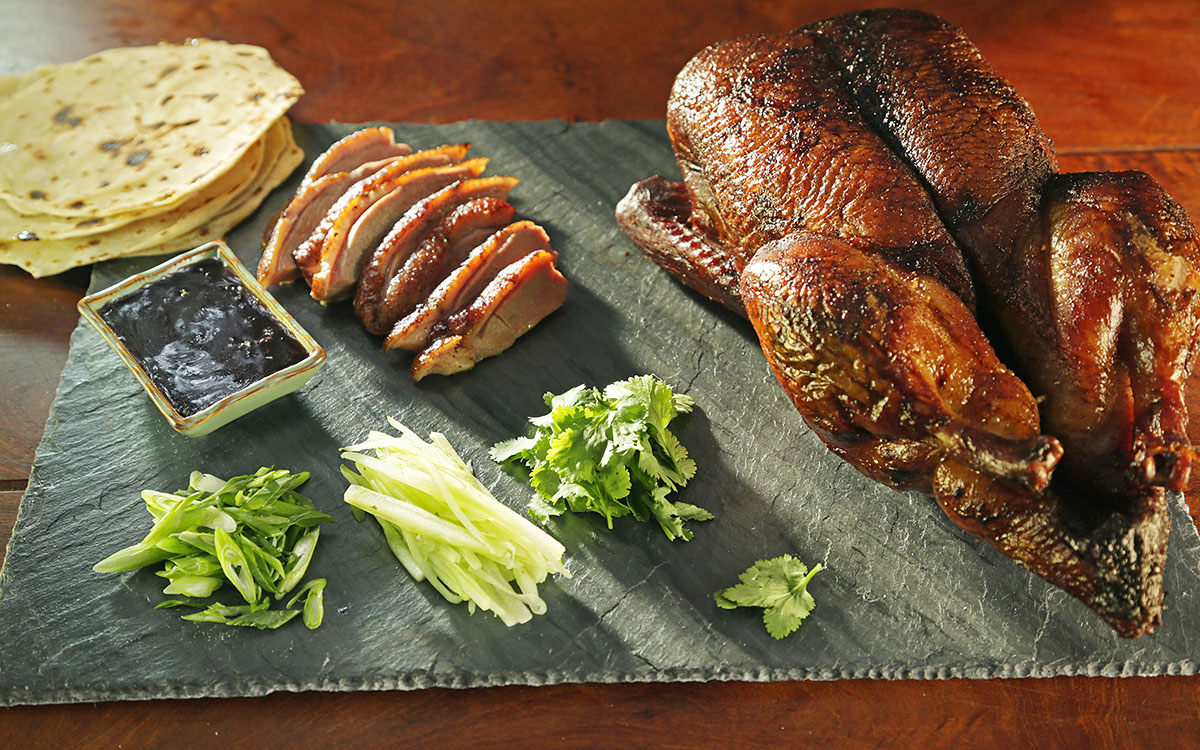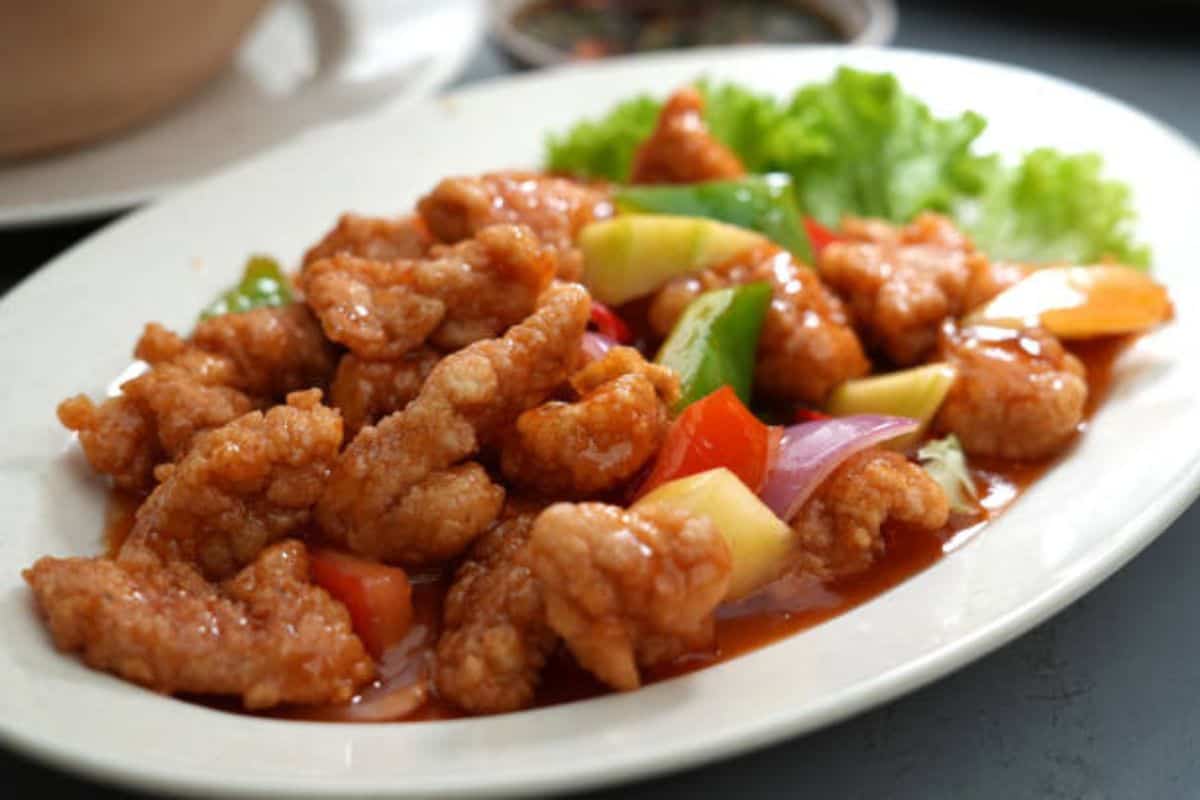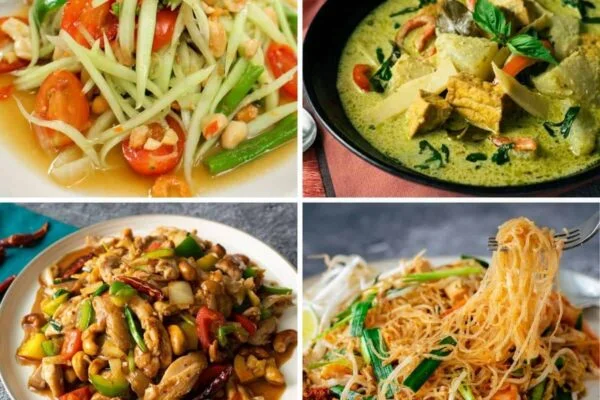A Delicate and Comforting Broth with Savory Parcels.
A renowned classic in Chinese cuisine and a common offering in Chinese restaurants all over, Wonton Soup is a delicate and comforting dish with savoury dumplings (wontons) swimming in a clear, flavourful broth. Generations of people have loved it for its light but fulfilling taste as well as the delicate flavours of the wontons and the comforting warmth of the broth. Examining the characteristics that have helped Wonton Soup remain so popular, this thorough article explores its intriguing beginnings, many preparations, cooking methods, cultural relevance, and worldwide variations.
Beginnings and Historical Context: From Ancient China to International Tables
Wansons have their roots in ancient China, most likely in the Han Dynasty (206 BC–220 AD). Originally called “huntun,” or “searchun,” “searching” literally means “chaos,” or “primordial soup,” maybe referring to the undifferentiated mass of dough and contents before cooking. Originally, especially in the winter, wombons were probably eaten as a straightforward, filling meal.
Wantsons changed from a basic staple over time to a more sophisticated gastronomic masterpiece. Wantsons gained popularity during the Tang Dynasty (618–907 AD) and were regularly presented at banquets and other special events. Serving wontons in a clear broth first evolved into the Wonton Soup we know today most likely at this time.
Regional variances: A Varied Landscape of Taste
Although the basic idea of wontons in soup stays the same, regional variances exist and each presents a different take of this classic meal:
Wàhn tān mihn, Cantonese Wonton Soup (雲吞麻) Often presented with thin egg noodles (wonton noodles) in a clear, light broth, this is maybe the most well-known variation outside of China. Usually packed with prawns and/or pork, the wontons are prized for their delicate texture and subdued tastes.
Usually including larger wontons with thicker shells loaded with a more significant combination of pork and veggies, Shanghai Wonton Soup (餛gyn, Húntun tāng) reflects this. Sometimes adding items like dried prawns or seaweed, the broth can be thicker and more savoury.
In Sichuan cuisine, wontons—often known as “chaoshou,” or “folded hands—are found in abundance. Showcasing the strong tastes unique of Sichuan cuisine, they can be presented in a clear broth or in a spicy, numbing sauce.
Key Ingredients: The Foundation of a Classic
Several essential components help to define Wonton Soup’s unique taste sensation:
Wonton wraps: Usually composed of wheat flour, eggs, and water, these thin dough sheets are the key element for covering the filling.
Filling: Depending on the area and taste, the filling for wonts could differ.
Typical ingredients are:
- Often used in Cantonese wontons, prawns give a delicate sweet taste and bouncy texture.
- One flexible filler with a savoury and rich taste is pork.
- Shrimp and pork are a great combo that blends the finest of both worlds.
- Added to the filling for extra texture and taste are chopped veggies include water chestnuts, mushrooms, or scallions.
The foundation of the soup is a clear, delicious broth. Usually augmented with spices like ginger, scallions, or dried shrimp, chicken broth or pork broth are rather popular.
Common garnishes giving fresh tastes and visual appeal are cut scallions, cilantro, and sesame oil.
From filling to floating, the art of preparation
Making Wonton Soup calls for multiple important stages:
Getting ready for the filler: Usually minced and combined with seasonings including soy sauce, ginger, and white pepper, the filling ingredients are:
- A small quantity of filling is placed in the middle of a wonton wrapper, then the wrapper is folded and sealed to produce a little package. There are several folding methods that produce somewhat distinct shapes.
- Usually boiled in water until they float to the surface, the Wontons are cooked thoroughly and show this in their appearance.
- Usually simmering separately to establish its taste, the broth is prepared.
- Combining the Wontons and Broth: The soup is decorated before serving; the cooked wontons are placed to the hot broth.
Different Cooking Techniques:
- Boiling is the most often used technique producing tender wontons.
- Though less usual for Wonton Soup itself, wontons can be deep-fried separately and then mixed into the broth for a crispy component.
- Culinary Comfort and Cultural Significance and Global Adaptations
- Considered a comfort food enjoyed all around, wonton soup has come to represent Chinese cuisine. It is usually connected with family events, festivities, and as a cold cure.
- Wonton soup is a mainstay at many Chinese restaurants in Western nations, usually modified to fit regional tastes.
Nutritional worth and health advantages: a light and nouraging choice
Depending on the particular components utilised, wonton soup can be a quite light and nouraging meal. While the wontons give protein and some minerals and vitamins, the broth helps one stay hydrated.
Modern Approaches and Culinary Creativity: An Ongoing Development
Modern home cooks and chefs are experimenting with Wonton Soup adding fresh foods, methods, and flavour combinations. Using tofu, mushrooms, or another plant-based component for the filling, vegetarian and vegan variants have also surfaced.
Outside of the Soup: Fried Wontons and Other uses
Beyond soup, wonton wrappers are quite flexible and can be utilised in various cooking projects. Popular snack are deep-fried wontons, usually presented with a sweet dipping sauce. Ravioli, spaghetti, or other varieties of dumplings can also be made using wonton wrappers.
Finish: A Timeless Classic with Delicate Tastes
Wonton Soup’s ongoing appeal is evidence of its delicate tastes, soothing warmth, and adaptability. This soup never fails to delight and inspire from its ancient Chinese roots to its present global gastronomic icon. It captures the vitality of Chinese food, its capacity to adapt and combine inspirations while keeping its basic character. Wonton Soup is an enduring favourite whether eaten as a light appetiser, a hearty dinner, or a relaxing cure. It is a fantastic illustration of how deftly paired basic materials may produce a very remarkable dining experience. Its narrative is a wonderful fusion of history, culture, and gastronomic creativity, evidence of the ability of food to cross boundaries and unite people via common gastronomic events. Globally for decades to come, the delicate and consoling broth with its savoury portions will surely be loved.


